How Telehealth Can Help with Skin Health Concerns
Telehealth is changing the way Australians access skin care, making it easier than ever to get expert advice without leaving home
Whether it’s acne, eczema, rosacea, or concerns about a suspicious mole, telehealth provides fast and effective skin health solutions. Nurse Practitioners can assess conditions using high-quality images and video calls, recommend treatments, and even prescribe medications. You’d be surprised at what’s possible.
Gone are the days of waiting weeks or even months for a dermatologist appointment. With telehealth, you can connect with a qualified healthcare professional from the comfort of your couch. This is particularly beneficial for those in rural areas, where specialist access is often limited. But how does it actually work, and what can you expect from a virtual skin consultation?
What Happens in a Telehealth Skin Consultation?

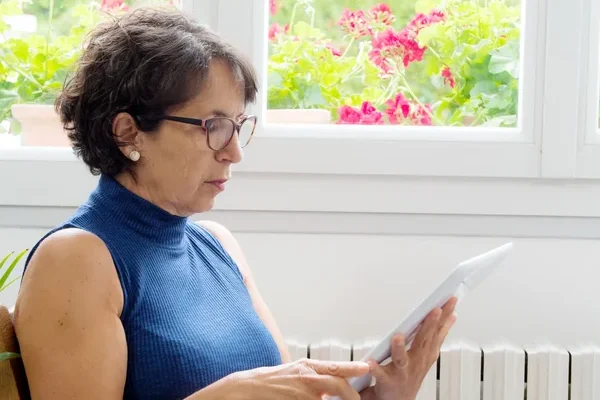
Before the Call
A telehealth skin consultation starts long before your virtual appointment. It begins with you, the patient, taking clear and high-resolution photos of the affected area. Good lighting and multiple angles can make a huge difference in helping the Nurse Practitioner make an accurate assessment.
You’ll also need to be able to provide a clear description of your symptoms: when they started, what makes them better or worse, and any treatments you’ve already tried.
Once your images are taken and your details are noted you can schedule your telehealth appointment.
During the Call
At the designated time, you’ll join a secure video call with a Nurse Practitioner trained in dermatological care. They’ll review your images and ask further questions to get a comprehensive understanding of your condition. A telehealth appointment allows for a focused discussion, free from the distractions of a busy waiting room.
After assessing your condition, the Nurse Practitioner will recommend a treatment plan. This might include:
- prescription medications. If medication is needed, a prescription can be sent directly to your preferred pharmacy, ensuring you can begin treatment without delay.
- over-the-counter remedies
- adjustments to your skincare routine.
Follow-up care is also an essential part of the process. Many skin conditions require ongoing management, and telehealth makes it easy to check in, track progress, and adjust treatments as needed—all without the hassle of multiple in-person visits.
It’s a streamlined process that prioritises convenience while maintaining quality care. Many people are surprised at just how thorough a video consultation can be.
But what kinds of conditions can actually be managed through telehealth?
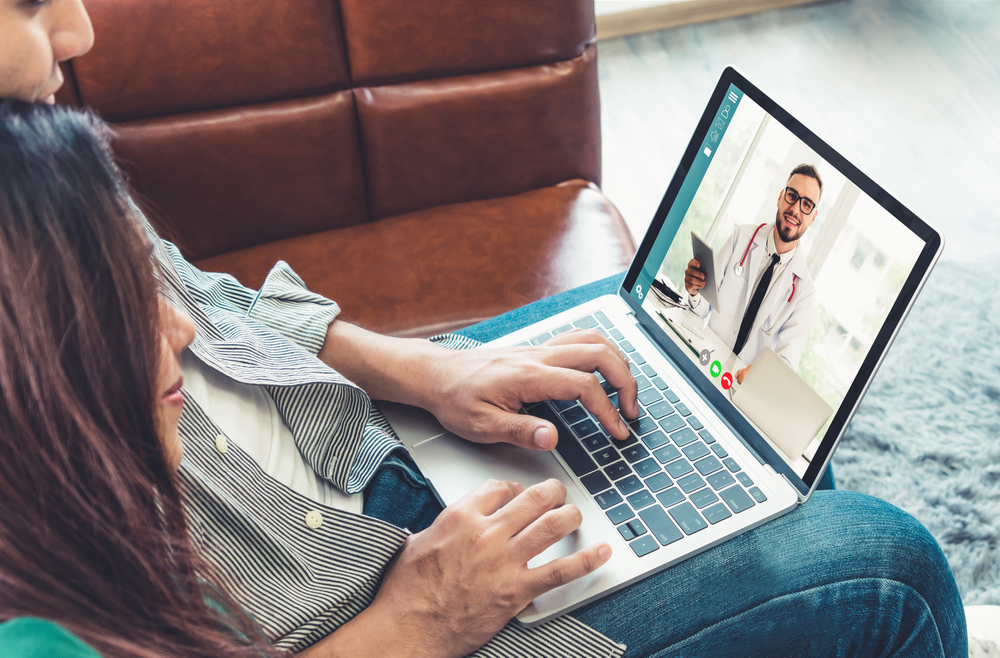
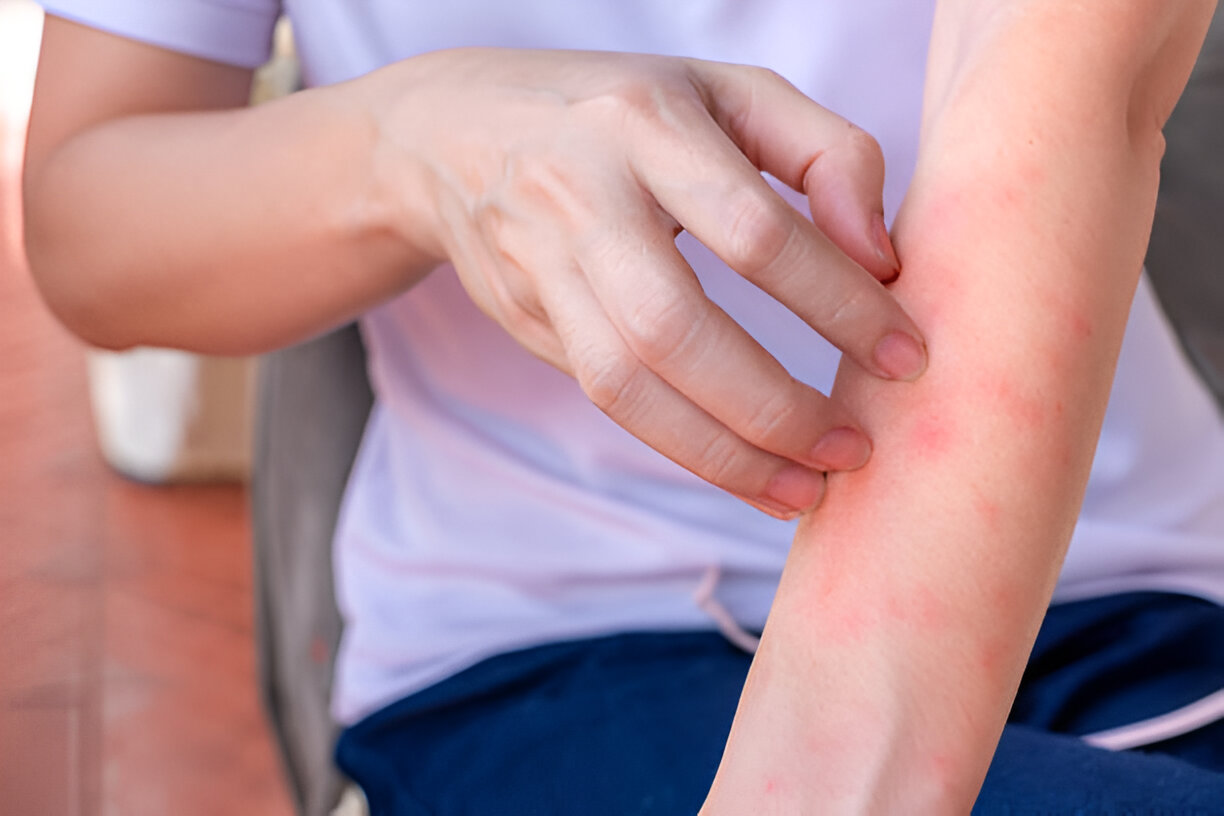
Common Skin Conditions Managed via Telehealth
From stubborn acne breakouts to chronic skin conditions like eczema, telehealth can address a wide range of dermatological issues. The table below sets out some of the most common ways you can use telehealth for skin consultations.
| Condition | How Telehealth Helps |
| Acne | Prescription treatments, skincare advice, and lifestyle recommendations |
| Eczema/Psoriasis | Flare-up management, prescription creams, and trigger identification |
| Rosacea | Personalised skincare routines, trigger avoidance, and prescription options |
| Contact Dermatitis | Diagnosis, allergen identification, and treatment plans |
| Skin Infections | Assessment of bacterial or fungal infections, prescriptions as needed |
| Hair Loss | Initial diagnosis, treatment recommendations, and potential referrals |
With so many conditions treatable via telehealth, it’s no wonder more Australians are opting for virtual consultations over traditional in-person visits. But what’s driving this shift, and why are so many people turning to online skin care solutions?
Why are Australians choosing telehealth for Skin Care?

1. Convenience & Accessibility
Imagine waking up with an unexplained rash or worsening acne but having no time to visit a doctor. Instead of waiting weeks for an appointment, you can book a telehealth consult and get answers within hours.
- No need to travel to a clinic—appointments are available anywhere.
- Faster than traditional dermatology appointments, which can have long wait times.
- Available seven days a week, fitting into busy schedules. For many, this ease of access is a game-changer. It eliminates the barriers that often prevent people from seeking timely skin care.

2. Affordable and Cost-Effective
Dermatology care is notoriously expensive, but telehealth offers an affordable alternative.
- Many telehealth services are bulk billed or lower in cost than in-person dermatology consultations.
- No travel costs or time off work required.

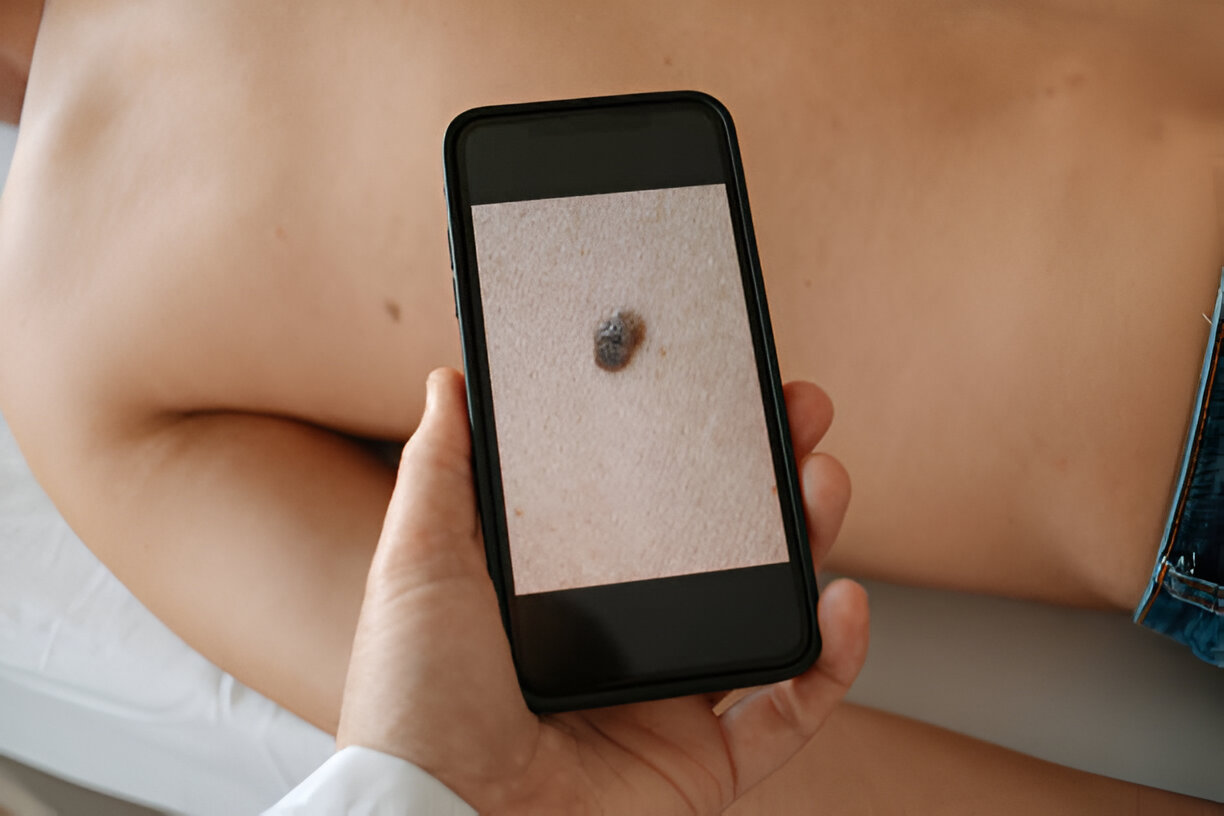

3. Expert Skin Assessments Without Leaving Home
Concerned that a virtual consultation won’t be as effective as an in-person visit? Think again.
- High-resolution images provide enough detail for accurate diagnosis.
- Nurse Practitioners trained in dermatology can assess and treat many skin conditions remotely.
- If an in-person visit is needed, telehealth can provide a referral to a specialist.

4. Fast Prescription Access
No more waiting days for a prescription to be written and processed. With telehealth, it’s instant.
- If medication is needed, prescriptions can be sent directly to your nearest pharmacy.
- Reduces delays in starting treatment.
When should you use telehealth for skin concerns?

Mild to moderate acne, eczema, psoriasis, or rosacea.

Rashes, minor infections, or allergic skin reactions.

Suspicious moles that require an initial assessment.

Prescription renewals and skincare treatment adjustments.

If a biopsy or physical skin examination is necessary.

Rapidly spreading infections that need immediate intervention.

Complex conditions that require specialist procedures.
You don’t have to make this decision on your own. A telehealth consultation can help determine whether an in-person visit is truly necessary.
- Often, what seems urgent may be manageable remotely, while other conditions may require further testing.
- A Nurse Practitioner can provide guidance, reassurance, and referrals where appropriate—ensuring you get the care you need, in the right setting.
For most everyday skin concerns, telehealth is a highly effective option. But to get the most out of your consultation, a little preparation goes a long way.

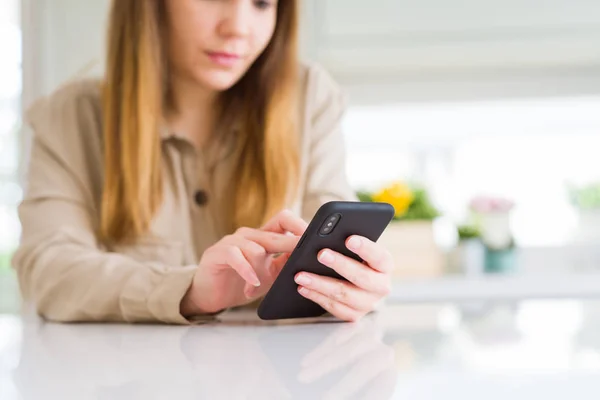
How to Prepare for a Virtual Skin Consultation

1. Take Clear Photos:
Use natural lighting and ensure the images are sharp and close-up.

2. Describe Your Symptoms:
When did they start? What makes them better or worse?

3. Have Your Medical History Ready:
Include past treatments and allergies.

4. Ensure a Stable Internet Connection:
This reduces disruptions during your appointment. A poor internet connection can lead to lagging video, blurry images or a dropped call – which makes it difficult for your medical professional to fully help you. To maximise your chances of a successful appointment, try these simple steps:
- Use Wi-fi instead of your mobile phone data as Wi-Fi is usually more reliable than mobile phones for video calls
- Stay close to the Internet box (router) to maximise the strength of the Wi-Fi signal
- Limit other internet use during your appointment – if you have other devices in your home streaming videos, playing games or downloading large files this can slow down your Internet and affect your appointment. Ask others to pause heavy internet use during your consultation

5. Find a Private Space:
A well-lit, quiet room allows for a smooth consultation.
Following these simple steps can help ensure you get the most accurate diagnosis and the best possible care.
Frequently Asked Questions (FAQs)
Telehealth can play an important role in the early detection and assessment of suspicious moles or skin lesions, but it cannot provide a complete diagnosis of skin cancer on its own. Diagnosing skin cancer requires a physical examination, dermoscopy (a close-up skin analysis), and often a biopsy, which can only be done in person.
A telehealth consultation is an excellent first step if you’ve noticed a new or changing mole, a sore that won’t heal, or an unusual skin lesion. During your virtual appointment, a Nurse Practitioner can:
- Review high-resolution images of the mole or lesion to determine if it looks suspicious.
- Ask about changes in size, colour, or texture to identify potential warning signs.
- Provide an initial evaluation and recommend whether urgent in-person assessment is needed.
- Refer you to a specialist if further examination, dermoscopy, or a biopsy is required.
When Should You Get a Mole Checked?
If a mole or spot meets any of the ABCDE criteria, a common skin cancer warning system, it’s best to seek medical advice.
A – Asymmetry: One half of the mole doesn’t match the other.
B – Border: The edges are uneven, jagged, or blurred.
C – Colour: There are multiple shades of brown, black, red, white, or blue.
D – Diameter: It’s larger than 6mm (about the size of a pencil eraser).
E – Evolving: The mole has changed in size, shape, or colour over time.
The bottom line is that while telehealth cannot replace in-person skin cancer screening, it provides a fast and accessible way to evaluate whether you need urgent care. A telehealth consultation is a great starting point if you’ve spotted a new or changing mole, a persistent sore, or an unusual skin spot that concerns you. If your mole or lesion appears suspicious, the nurse practitioner in your appointment can refer you to a dermatologist or GP for further testing. This can help you get the right care as soon as possible.
- Use natural lighting or a bright room.
- Take close-up and zoomed-out photos to show context.
- Capture multiple angles of the affected area.
- Avoid using filters or editing the images.
- Ensure the photo is sharp and not blurry.
Further Reading
For a guide on what to look for in skin cancers, refer to this helpful Cancer Council guide: https://www.cancer.org.au/cancer-information/causes-and-prevention/sun-safety/check-for-signs-of-skin-cancer
